The Curse of Oak Island: Drilling Down; Season 4, Episode 3- The Truth Behind the Curse
The following is a Plot Summary and Analysis of Season 4, Episode 3 of the History Channel’s TV series The Curse of Oak Island: Drilling Down.
[SPOILER ALERT!]
Plot Summary

The episode begins at the Oak Island Interpretive Centre, where Matty Blake (host of the show’s accessory series The Curse of Oak Island: Drilling Down) meets with the Lagina brothers. The three men discuss the interesting discoveries made over the past two seasons, including the bones, parchment, and leather brought up from H8, as well as the lead cross found at Smith’s Cove. Marty remarks that, prior to these discoveries, the most important Oak Island artifacts in his mind were the Spanish-American scissors discovered on Smith’s Cove in 1970 and Dan Blankenship’s old photos of the U-shaped structure.
In the next scene, Matty Blake reminds us of the legend of the curse of Oak Island, which holds that seven men must die in search of treasure there before the island will reveal her secrets. D’Arcy O’Connor, the author of The Secret Treasure of Oak Island, then appears in an interview to talk about the various legends that revolved around Oak Island before the discovery of the Money Pit in 1795. “People talked about seeing spooky lights there at night,” he said, “and, of course, people figured the island was cursed.” Matty Blake then reminds us that, according to some versions of the discovery legend, Daniel McGinnis, John Smith, and Anthony Vaughan were investigating strange lights on the island when they stumbled upon the Money Pit.
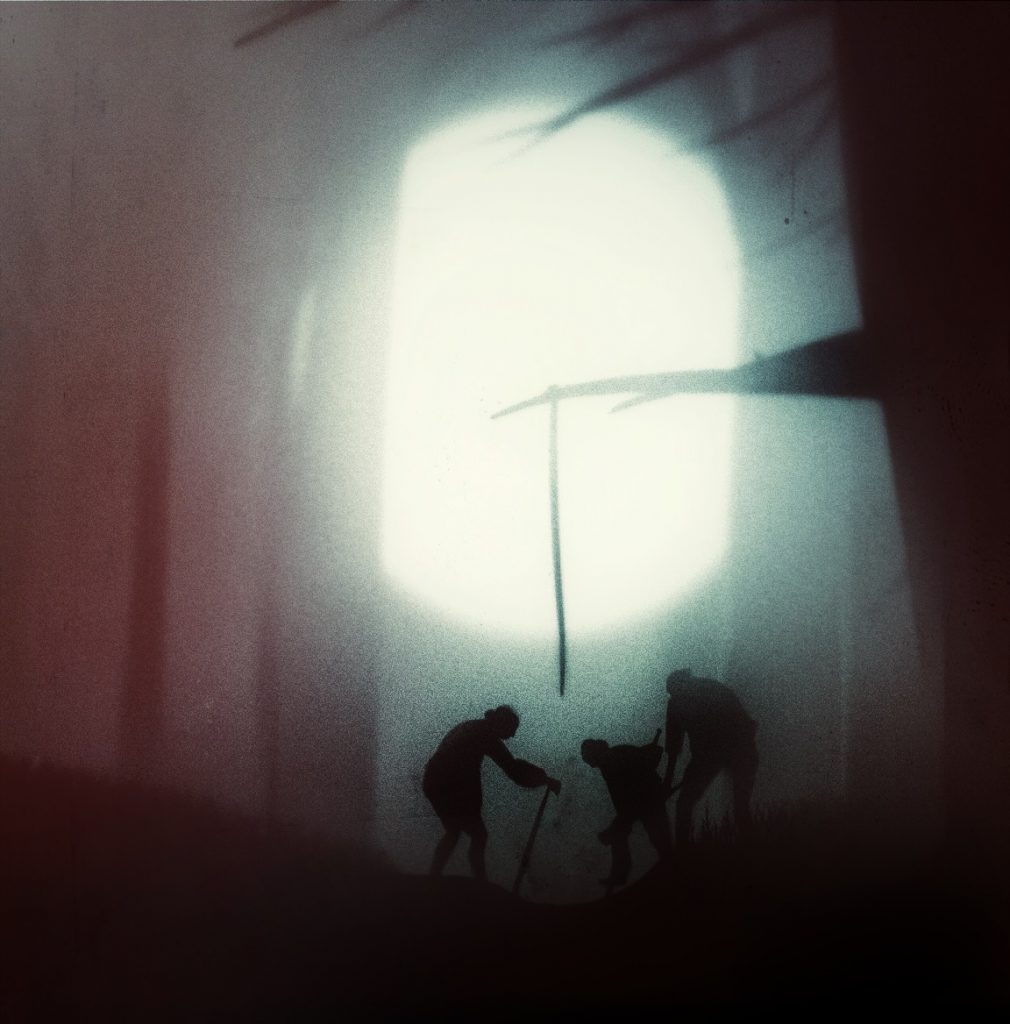
Next, folklorist Clary Croft appears in an interview. Croft states that legends of curses often accompany tales of buried treasure, and proposes that these legends derive from a desire to either inflate the value of the supposed treasure or deter people from seeking it.
Next, Matty Blake meets with Rick and Marty Lagina in the War Room. Rick suggests that the legend of the curse “is an amalgamation of 200 years of search”, before reminding Blake of the story that, many years prior to the discovery of the Money Pit, two fishermen rowed out to Oak Island to investigate strange lights and were never seen again.
Nanette Corbett, the daughter of former Oak Island treasure hunter James Troutman, then appears in an interview. Corbett remarks that Oak Island has an eerie feel to it, which may be partly attributable to the fog that often hangs over it.
Deena Chappell, the granddaughter of former treasure hunter Mel Chappell, then appears in an interview. Deena remarks that she was seventeen years old at the time of the Restall tragedy of August 17, 1965, when treasure hunters Robert and Bobby Restall and two other men drowned at the bottom of an Oak Island shaft, having succumbed to hydrogen sulfide fumes.
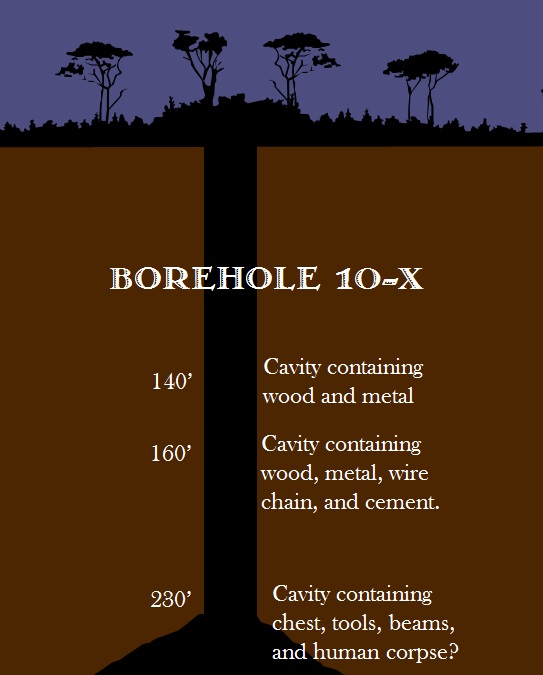
Back in the War Room, Marty Lagina claims that, although he does not believe in the supernatural, he gets scared every once in a while on Oak Island. He proceeds to relate a ghost story of his own, which began as a brotherly dare. On Rick’s suggestion, the Lagina brothers drove out to Borehole 10-X one night. After stepping out of the car, Marty heard “the nastiest scream you ever heard in your life- I mean a blood-curdling scream.” Frightened, Marty jumped back in the car and tore off, nearly running over Rick on his way back. Marty does not attempt to explain the noise he heard that night.
Marty then cites the unusual number of equipment malfunctions on the island as evidence that one might use in an attempt to prove that Oak Island is cursed. After that, Rick remarks that Fred Nolan never spent a single night on Oak Island, and believed that the crows that populate it are the reincarnated spirits of the slaves who constructed the Money Pit. Marty concludes the meeting by suggesting that Blake meet with Dave Blankenship, who went “from being a complete non-believer in anything sort of paranormal to [being] pretty much convinced” that Oak Island is haunted.
Matty Blake then pays a visit to Dave Blankenship, who tells him that he, his wife, and several others have seen a formless black cloud floating through the woods on Oak Island, especially near Borehole 10-X. Although he cannot explain the phenomenon, Dave tells Blake that he believes in neither the paranormal nor the Oak Island curse.
Matty Blake then informs us that, though the origin of the ‘7 must die’ legend is a bit of a mystery, it may have been popularized by an article in the January 1967 issue of the magazine True, in which the author claimed to have heard the legend from “a pretty woman intimately related to the [Restall tragedy]”.
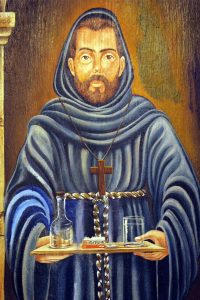 Next, Dave Blankenship relates an incident in which he and his father witnessed a ball of fire approach the Triton Shaft from Mahone Bay before vanishing into thin air. Dave does not offer an opinion as to what the fireball might have been.
Next, Dave Blankenship relates an incident in which he and his father witnessed a ball of fire approach the Triton Shaft from Mahone Bay before vanishing into thin air. Dave does not offer an opinion as to what the fireball might have been.
After bringing Matty to the site at which the fireball approached the island, Dave states that, a short distance away, Dan Henskee suffered a terrifying experience in 1973 in which he felt as if he were temporarily possessed by the spirit of a Spanish priest who had his throat slit. In an earlier interview, Henskee concedes that he is unsure whether his experience was real or imaginary.
Later, in an interview, D’Arcy O’Connor explains that there are stories which purport that Oak Island is haunted by a huge black dog with glowing red eyes. After that, Blake relates the story of Peggy Adams, the daughter of Oak Island caretaker Jack Adams, who claimed to have seen the ghosts of 18th Century British soldiers on Smith’s Cove when she was four years old.
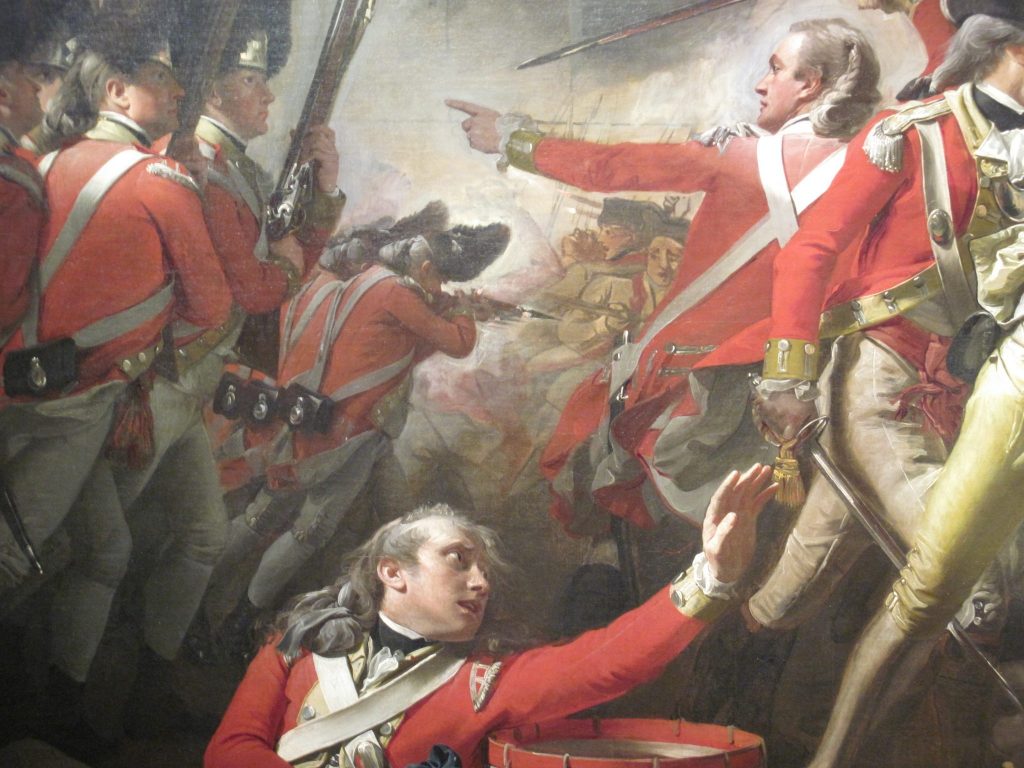
After reminding us of the death of Maynard Kaiser, Matty Blake introduces us to the tale of Jimmy Kaizer, a local Mi’kmaq who worked as a labourer for Robert Restall (and retrieved his body, along with those of Bobby Restall, Cyril Hiltz and Carl Graeser, following the Restall tragedy) and a night watchman for Robert Dunfield. In late 1965, while sleeping in the Restalls’ old cabin, Jim awoke to the sound of the cabin rattling violently. He experienced the sensation of a heavy weight on his chest, and looked up to see a pair of red eyes staring down at him. A voice told him to leave the island and never come back. The following morning, Jim found that he was covered in bruises, one pattern resembling four fingers and a thumb.
Next, Matty Blake reminds us of the paranormal investigation which took place in Season 1, Episode 3, in which members of the Chester Area Paranormal Society conducted an investigation near the Oak Island swamp at night. During the investigation, the Society’s K-II electromagnetic field meter began to beep, which Society member Jenn Morror interpreted as “an indication that something [in the swamp] was trying to communicate” with them.
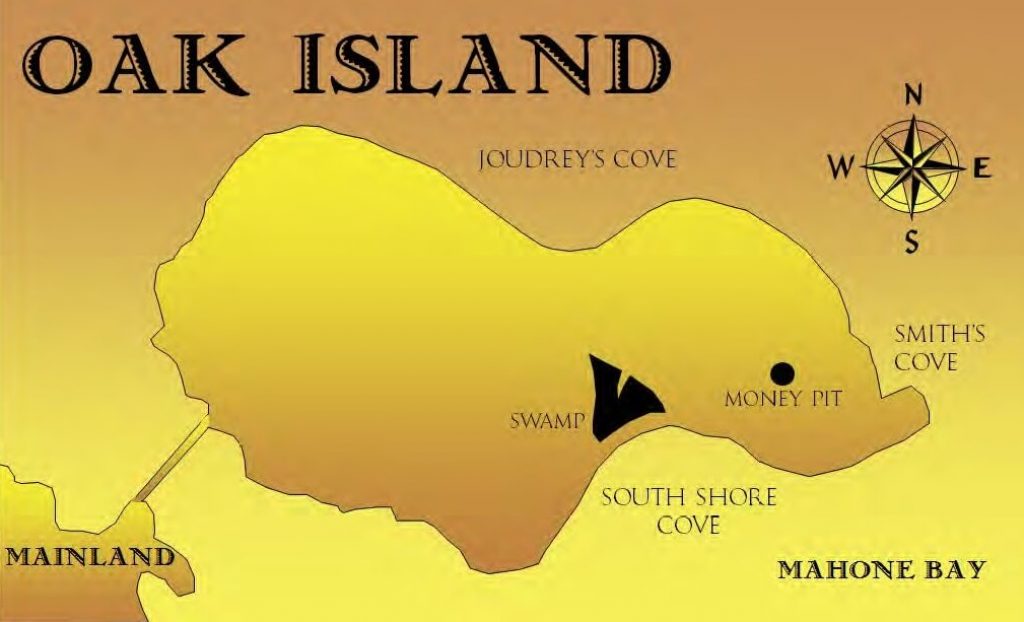
Matty Blake then meets with parapsychologist Brian J. Cano at the Oak Island Visitors’ Centre. The two men head to the Oak Island swamp, where Cano produces a Mel Meter- a device which records both temperature and electromagnetic radiation. When the Mel Meter fails to pick up anything of interest, Cano begins recording audio in the hope of picking up ghostly sounds inaudible to the human ear. Matty asks a few questions aloud, to which he and Brian hear no response.
After that, Blake and Cano proceed to Borehole 10-X, where they repeat the procedures they conducted in the swamp. This time, apparently in response to Matty’s request for the spirit to make noise, some sounds erupt from the nearby woods.
Next, Blake takes Cano to the Money Pit area, where he reminds the ghost hunter that human bones were recovered from Borehole H8. The men open the lid to H8, lean over the shaft, and ask begin asking questions, their audio recorder at the ready. After Blake asks, “What do you want us to do?” he is answered by a single metallic knock from below, as if someone had rapped on the side of the caisson. A shaken Matty Blake confesses, “That scared the blank out of me!”
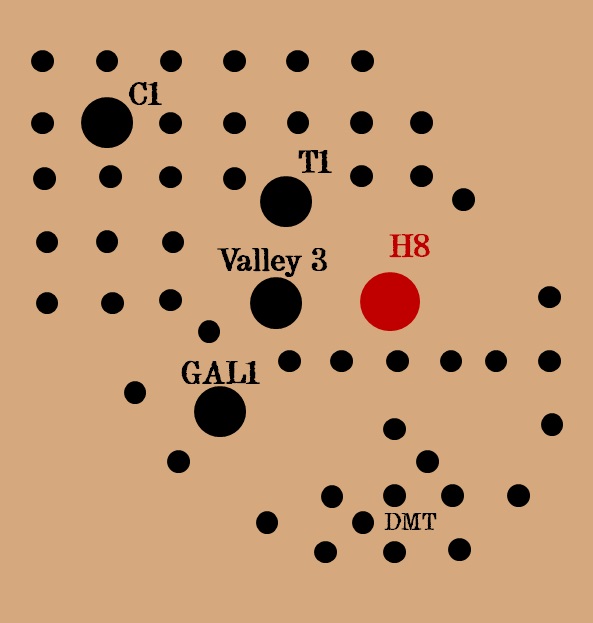
“You’ve been officially initiated into the world of paranormal investigating,” replies Brian Cano, shaking his hand. “You have arrived.”
That night, at the Oak Island Research Centre, Blake and Cano listen through the recordings they made that day. After Matty had asked “What is your name?” at Borehole 10-X, the recorder picked up a faint vocalization which neither of the men heard at the time the recording was made. Although the sound is muffled, Cano suggests that it constitutes the words “chain them”.
The next day, Matty Blake meets with the Lagina brothers in the War Room. There, he shows Rick and Marty the evidence that he and Brian Cano collected the previous day. Both of the Lagina brothers believe that the sound in response to the question “What is your name?” resembles the name “Jason”. Marty says that he doesn’t know what to make of the audio clip, but claims that he would be willing to submit it to an audiologist for analysis. When Matty Blake asks the brothers to give their final thoughts on the curse, Marty Lagina states: “The only thing I see here [suggestive of a curse] is what [Oak Island] has done to lives in the past 225 years. So, call that a curse if you want. Maybe there’s something to that.” Rick replies that Oak Island has not only destroyed lives, but also stimulated “in young minds an interest in science, archaeology, [and] mathematics… [which is] a real positive. Be there a curse or not… there’s certainly a chance here to do positive things, and that’s a good thing.”
“I certainly agree with that,” responds Marty.
Analysis
Wrought Iron Scissors

In the summer of 1970, Dan Blankenship discovered a pair of wrought iron scissors beneath one of the Smith’s Cove box drains. Experts who analyzed the artifact determined that it was forged in the 17th or 18th Century and that it was of Spanish-Mexican design. This finding strongly supports the theory that Oak Island’s original underground workings were constructed by subjects of the Spanish Empire.
The Young Teazer
The ball of fire that Dave Blankenship watched approach Smith’s Cove from Mahone Bay evokes the so-called ‘Teazer Light’- a fiery phantom ship said to appear on the waters of the Mahone Bay from time to time.
The story of the Teazer Light begins in June 26, 1813, during the War of 1812, which pitted British Canada against the fledgling United States. At that time, Great Britain stationed war ships off the coast of New England in order to prevent the Americans from trading with Napoleon’s France. In order to combat this blockade, the New English states issued letters of marque to American sailors who wished to engage in privateering, or licenced piracy, against the British.
One American ship whose crew had received such a commission was the Young Teazer, a five-gun schooner captained by a man named William D. Dobson. In the spring and early summer of 1813, the Young Teazer captured a number of British vessels in Nova Scotian waters, prompting British warships to sail in search of her.
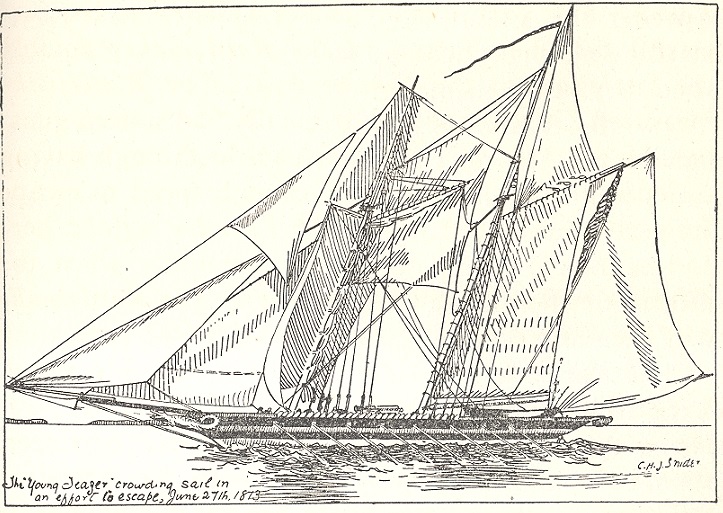
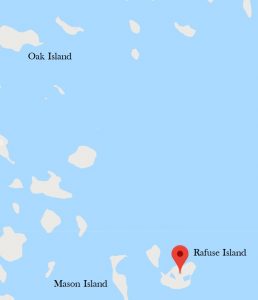 In early June, 1813, a 74-gun British ship-of-the-line called the Hogue spotted the Young Teazer off Halifax Harbour and chased her down the coast. On June 26, after evading a succession of British warships, the Young Teazer found herself trapped by the Hogue in Mahone Bay, bounded by Mason Island and Rafuse Island, both of these located southeast of Oak Island.
In early June, 1813, a 74-gun British ship-of-the-line called the Hogue spotted the Young Teazer off Halifax Harbour and chased her down the coast. On June 26, after evading a succession of British warships, the Young Teazer found herself trapped by the Hogue in Mahone Bay, bounded by Mason Island and Rafuse Island, both of these located southeast of Oak Island.
The crew of the Hogue, hoping to board the cornered schooner, piled into five smaller boats and began to row towards her. While Captain Dobson and his crew prepared to defend their ship, a young American lieutenant named Frederick Johnson declared that he would not allow himself to be hanged before dashing towards the hold of the Young Teazer, where the privateers stored their gunpowder. A tremendous explosion ensued, transforming the Young Teazer into a flaming wreck and killing 30 members of her crew of 38.
According to legend, the fiery phantom of the Young Teazer appears in the water of Mahone Bay from time to time, her ghostly crew standing amidst the flames that envelop her. Nova Scotian folklorist Helen Creighton, who included the tale of the Young Teazer in her 1957 book Bluenose Ghosts, suggested that such sightings might be attributable to an optical illusion produced by a full moon shining through the fog. Others have surmised that St. Elmo’s fire- a phenomenon by which static electricity produces the appearance of flames on ships’ masts and rigging- might be the culprit. Many who claim to have witnessed the Teazer Light, however, whether while standing on the shore or on the decks of their own ships, are certain that the phenomenon is nothing less than the frightening spectre of that American privateer that burned that fateful day in the summer of 1813.
The Black Shuck
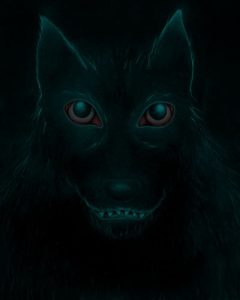 Legend has it that Oak Island is haunted by the huge black dog with glowing red eyes. A number of adventurers who have spent time on the island claimed to have seen the creature at night. Some theorists have even worked the mysterious mutt into their hypotheses.
Legend has it that Oak Island is haunted by the huge black dog with glowing red eyes. A number of adventurers who have spent time on the island claimed to have seen the creature at night. Some theorists have even worked the mysterious mutt into their hypotheses.
Stygian hellhounds with fiery red eyes are staples of British folklore. Legend has it that these frightening entities haunt crossroads, ancient trails, and places of execution. They are often considered omens of death, and are associated with the underworld.\
Oak Island is not the only locale in the Canadian Maritimes to boast legends of a hellish black dog. In the town of Torbay, just north of St. John’s, Newfoundland, is a place called Watson’s Cove, said to be haunted by a big black dog with glowing red eyes. According to legend, long ago, a band of pirates buried a hoard of ill-gotten treasure somewhere on Watson’s Cove. They slit the throat of their cabin boy and buried his corpse with the treasure chest so that his ghost would guard the loot. The boy had a dog who fought valiantly to defend his master, and so the pirates killed and buried the dog as well. It is the spectre of this dog, the legend says, that people see on Watson’s Cove, guarding the bones of its master.
Peggy Adams’ Ghost Story
One of the most intriguing ghost story to come out of Oak Island is the tale of Peggy Adams, daughter of caretakers Jack and Charlotte Adams who worked for Hedden and Hamilton in the 1930’s and ‘40’s. One cold day in the winter of 1940, four-year-old Peggy ran to her mother crying, saying that she had seen a crowd of strange men at Smith’s Cove wearing “pretty red jackets” and pants with “big yellow stripes” down the side. Among the crowd were “three big men,” the first of whom Peggy likened to the character Luthor from the Mandrake the Magician newspaper comic strip, a huge, muscular African bodyguard. According to Peggy, the second of these big men wore “funny-looking clothes,” while the third bore an eye-patch. When Peggy’s father Jack went down to Smith’s Cove to investigate, however, he found the fresh layer of snow that covered the beach to be unblemished; there were no footprints in sight. Years later, Peggy’s mother Charlotte paid a visit to the Citadel Museum in Halifax with her son-in-law. There, upon seeing the red coats and striped pants that made up the uniform of the 18th Century British militiaman, Charlotte surmised with a thrill of superstitious terror that her daughter might have seen the ghosts of British soldiers that day in 1940.

If this particular story is to be believed, it appears as if one of the men Peggy saw that day in the winter of 1940 was an African- American man in a British militiaman’s uniform. Interestingly, one of the most prominent characters in the story of Oak Island’s legendary 1795 discovery is landowner Samuel Ball, a black ex-slave from South Carolina who served in the Loyalist Militia during the Revolutionary War.







Leave a Reply